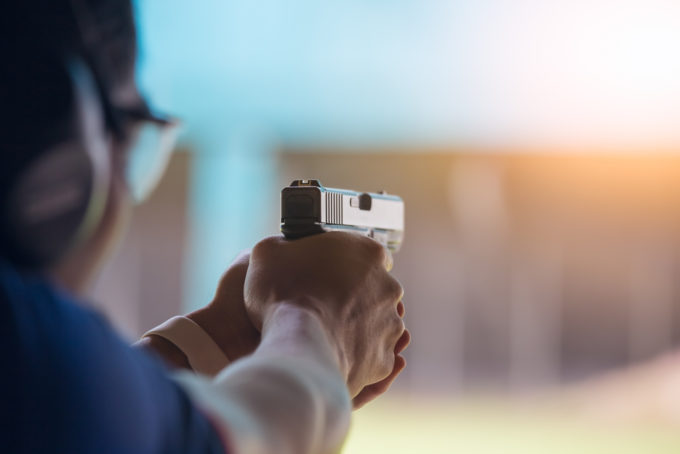
This is the first in a series of blogs about the proposed changes to USML Categories I, II and III. Please check back for more updates soon. For more information about these changes, and the movement of items from ITAR to EAR, read our post on the latest firearms Export Control Reform updates.
One of the topics that many are talking about when it comes to firearms and ammunition Export Control Reform under ITAR/EAR is the requirement to register with DDTC. If you are currently registered as a manufacturer of firearms, ammunition and/or artillery parts, components and accessories (classified as ITAR controlled under United States Munitions List Categories I, II and III), then there are several important steps that you must take before planning your next vacation with the money saved from your annual registration fees.
These steps are:
- Confirm exactly which end items the parts, components and accessories are intended for;
- Determine if the jurisdiction for the parts, components and accessories have been transitioned from the ITAR to the EAR;
- Assign the appropriate ECCN to those parts, components and accessories that are now, or will be, controlled under the EAR;
- Establish a robust process for new contracts to ascertain that none of the parts, components and accessories the company is being requested to manufacture are controlled as defense articles by the ITAR. If a contract is accepted for manufacture of these items, registration is still required.
Once you have completed these steps, if none of the parts, components and accessories remain controlled by the ITAR, then you are not required to be registered with DDTC in furtherance of §122.1 of the ITAR. It’s important to remember that registration is required if the company engages in the manufacturing of a defense article – even if that only occurs once.
The ITAR does not stipulate that a notification be filed with DDTC when a company is no longer required to register. However, it’s advisable that you send a notification anyway to DDTC’s Compliance & Registration Division. This could save you considerable explanations – and the requirements to pay back registration fees – for a lapsed registration should your company (in the future) be required to register again because it is back in the business of manufacturing defense articles controlled by the ITAR. You should be advised, however, that you should not expect a refund from the Department of State for the unused portion of the annual registration fee. Unfortunately, there are no refunds.
One last point: The recordkeeping requirements (§122.5 and other sections of the ITAR) remain in effect. You must maintain the records for five (5) years and they must be available for inspection and copying by the DDTC or a person designated by the DDTC even if you are no longer registered.
The good news is that the EAR does not require registration or charge any fees. (At least not today.) So, if you qualify for terminating your registration after following the above steps, then you can plan that vacation for next year!
If you need help understanding these changes and how they impact your business, schedule a no-charge consultation with one of our team members today.
Jim McShane is a Sr. Consultant, Trade Compliance for Export Solutions -- a full-service consulting firm specializing in ITAR and EAR regulations.
